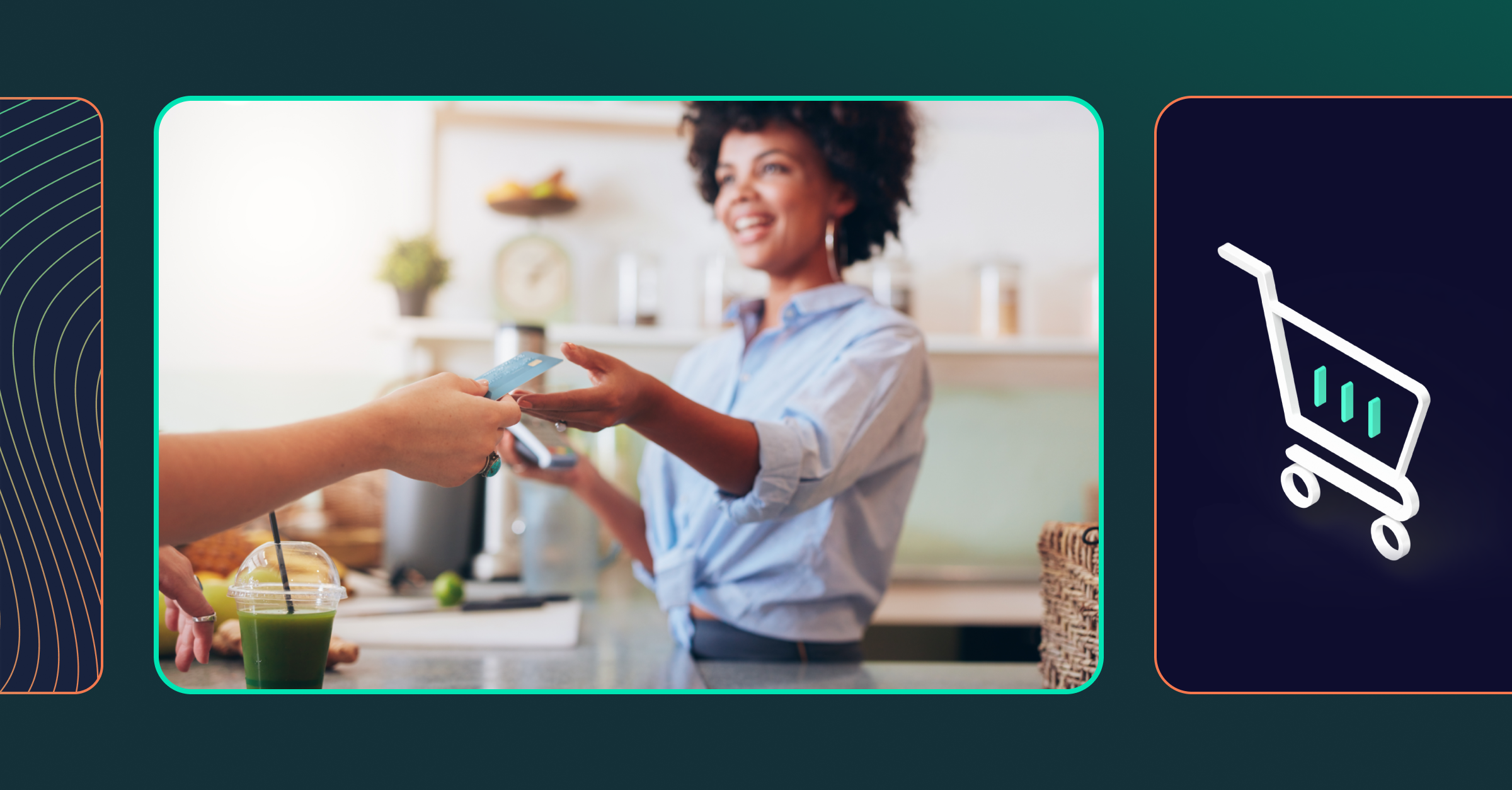The past few years have been anything but predictable for the retail industry. As profit margins tighten and consumer behaviors shift, retailers are being asked to do more with less, including retaining loyal customers, competing with digital-first brands, managing inventory disruptions, and staying relevant across physical and digital touchpoints.
But amid all this change, one area that often gets overlooked as a lever for growth: payments.
Many retailers are exploring modern payment strategies — particularly those involving Buy Now,
Pay Later (BNPL) and other flexible, embedded finance capabilities
— that can enhance the checkout experience, improve efficiency, and support customers’ evolving financial preferences.
Pay Later (BNPL) and other flexible, embedded finance capabilities
— that can enhance the checkout experience, improve efficiency, and support customers’ evolving financial preferences.
This blog examines how payment innovation, including solutions such as Buy Now, Pay Later (BNPL), may help retailers navigate today’s challenges while laying the groundwork for long-term profitability.
1. The retail profitability challenge
Retailers are no strangers to tight margins, but pressure continues to heat up in 2025. From rising customer acquisition costs, potential supply chain complexity, potential tariffs, and growing expectations for seamless omnichannel customer experiences, inefficiency continues to have the potential to significantly impact profit.
While investments in logistics, merchandising, and customer engagement are essential, many retailers overlook one of the most influential parts of the customer journey: the point of sale (POS) and the potential for a more integrated payment function.
Simply put, when the checkout process is flexible, intuitive, and personalized, it can reduce friction and help improve conversions, average order value, and customer satisfaction.
2. The rise of BNPL in retail
Buy Now, Pay Later services have experienced substantial growth in the U.S., with total BNPL spending reaching $75.1 billion in 2024, a 14% increase over 2023, surpassing previous years, highlighting the increasing consumer demand for flexible payment options.
For retailers, BNPL can help:
- Increase purchasing power by breaking large purchases into manageable installments
- Boost average order value (AOV) while reducing cart abandonment
- Provide a low-friction financing option without the overhead and headcount needed to manage credit risk internally
While many retailers have already begun experimenting with BNPL at checkout, the next opportunity lies in how they deliver these options — and how easily they can be integrated and scaled throughout the customer experience.
3. Flexible BNPL delivery for a fragmented market
With 71% of U.S. consumers using contactless payments and over half actively using mobile wallets, consumers are already comfortable transacting digitally. Retailers that integrate BNPL are meeting users exactly where they are—on their phones and in their wallets.
To help address the scalability gap across platforms, Marqeta introduced Marqeta Flex, a solution designed to enable BNPL providers, digital wallets, and card issuers to offer flexible, personalized financing options—all within a single integration.
Flex enables BNPL programs to be delivered through virtual cards. These cards are tokenized and provisioned directly into digital wallets or apps, allowing consumers to pay using installment plans at millions of merchants that accept card payments.
Here’s how it helps the ecosystem:
- BNPL providers can distribute their programs more widely without needing direct merchant integrations
- Digital wallets and neobanks can embed multiple BNPL options in a single, consistent user experience
- Retailers can offer a broader range of payment choices—increasing flexibility at checkout without changing their existing payment infrastructure
4. How BNPL can strengthen customer loyalty
Payment flexibility can increase conversion and play a significant role in customer retention.
When consumers feel financially empowered, they can choose how and when to pay—which can help improve the odds of becoming a return customer. Installment plans can also help reduce the financial stress of larger purchases.
According to Marqeta’s 2024 State of Payments Report, rewards and ease-of-use are top drivers for card selection among U.S. consumers. Flexible payment methods like BNPL, especially when integrated with mobile wallets and inside personalized reward programs and offers, provide retailers a compelling way to remain top-of-mind and top-of-wallet.
Platforms that offer dynamic BNPL options tailored to different buyer profiles and spending behaviors can help create a more personalized shopping experience.
5. Operational efficiency through smarter payments
Beyond the customer-facing benefits, payment innovations can also unlock operational advantages for retailers.
Using modern payment platforms that support virtual card issuance, tokenization, and real-time spend controls, retailers and BNPL providers can:
- Streamline settlement and authorization workflows
- Minimize fraud exposure with granular control over card use
- Reduce onboarding friction through pre-integrated infrastructure
This is especially valuable in a retail environment where new payment options are expected, but speed and security are essential.
6. Key considerations for retailers exploring BNPL
For retailers considering new BNPL options, it’s important to ask:
- Can the BNPL solution integrate without disrupting current checkout flows?
- Is it scalable across e-commerce and POS?
- Does it support tokenization for security and fraud mitigation?
BNPL solutions are designed to support those needs, working in partnership with providers and sponsor banks to bring more flexibility and control into the payment experience.
Payment innovation as a growth lever
Payment experiences are no longer backend utilities — they’re central to the customer journey, and increasingly, to a retailer’s bottom line.
By investing in flexible, scalable payment infrastructure, retailers can enhance profitability, build consistent consumer experiences, and deliver additional capabilities in a fast-changing commerce environment.
Whether you're looking to expand payment options, support new customer segments, or reduce checkout friction, modern payment tools can help your retail business achieve more.

